Abstract
Sound is one of the most important parts of a theater performance. The job of the sound person is to make sure all the voices, playback, and insturaments on the stage are heard by the whole audience.
This task involves the knowledge of how to feed all the different sounds into the mixer. Once we have the different sound sources into the mixer we need to adjust them to sound correctly to the audience. Finally we need the output to both the audience and the performers to work as expected.
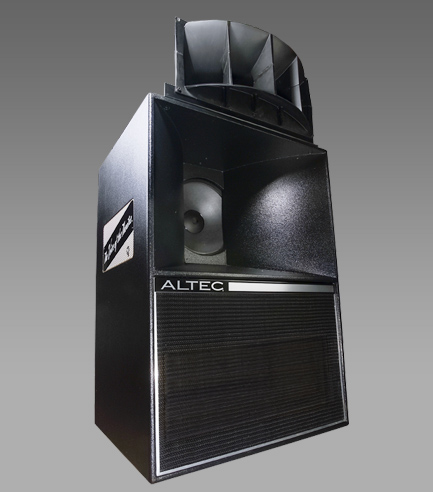
What is Sound
In physics, sound is a vibration that typically propagates as an audible wave of pressure, through a transmission medium such as a gas, liquid or solid. Sound
Basically we are dealing with vibrations in air. It is important to remember that sound waves from many sources are directional. This directionality allows us to select what waves we want to recieve and which we don’t want in the system.
How is sound created
Sound can be produced by an object vibrating. Whether it is a string, a vocal chord, a reed, a drum head, or a speaker they all directly product sound by vibration. Some sounds are produced by the movement of air in a tube like a flute.
Components of waves
Lets look at a couple of issues that happen with sound waves.
Interference
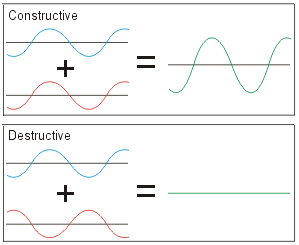
This can happen when the phase of a speaker is out of sync with another speaker. Imgine you have two speakers side by side. If you connect the wires to the speakers in phase, and play a mono feed though it the same the sound will be louder. If the speakers are out of phase one speaker will cancel the other and produce little to no sound.
Harmonics
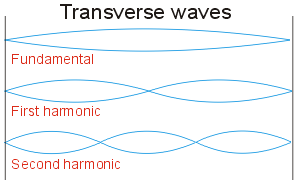
When a string vibrates it often produces harmonics to color the sound.
Overtones



Overtones are the distinctive color. Mostly we do not need to worry about this as the instruament produces them.
Capturing Sound
Now that we understand what sound is, we need to consider how to convert it from waves to electric signals so we can process it.
Microphones
Microphone Characteristics
Polar Patterns
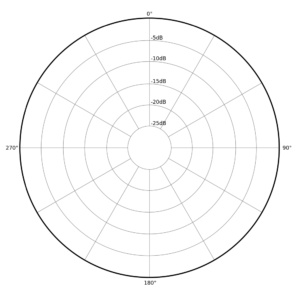
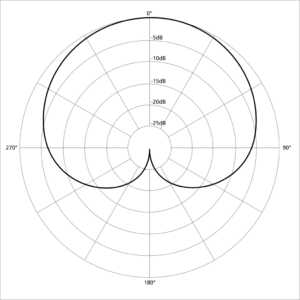
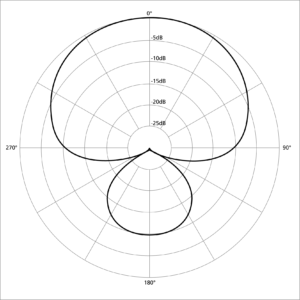
The simplest polar pattern chart to read is that of an omnidirectional microphone (Fig. 1). The resulting shape is a perfect circle, since this type of microphone picks up sound equally from all directions.
As for the cardioid pattern chart (Fig. 2), you can see at 90º and 270º off-axis the incoming sound was measured to be about -7 dB compared to 0º (on-axis). This means this microphone is rejecting sound from the sides. Sound rejection is the most significant at 180º off-axis; greater than -25 dB. This is exactly what you’d expect from a cardioid microphone.
Now, compare the cardioid with this supercardioid chart (Fig. 3). The biggest difference is the increased response from 180º off axis. Still at this angle the sensitivity is -10 dB compared to on-axis. However, rejection is maximized at 120º and 240º and is still less sensitive than the cardioid at 90º and 270º. So our supercardioid microphone is showing much better rejection of side noise than the cardioid. Understanding Microphone Polar Patterns
Frequency Response
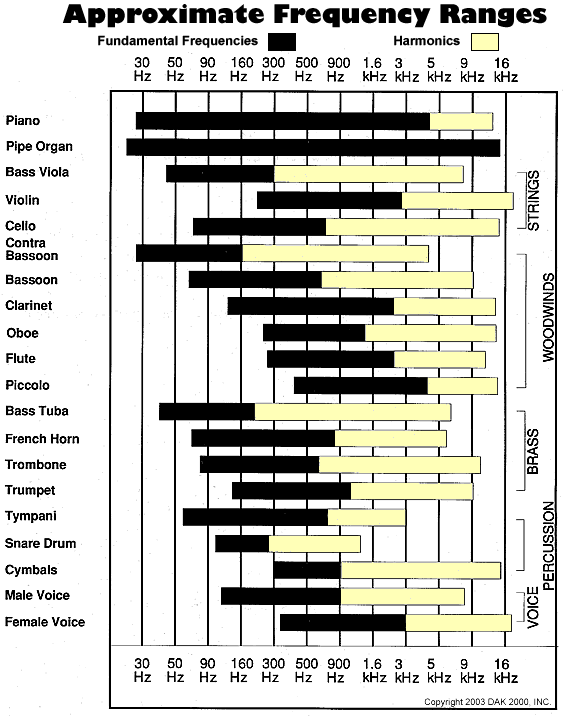
Frequency response is most important when dealing with the extremes. For example, for a bass drum you want a range down to 30 Hz. For a violin you need more range at the top end of the scale.
An example of a Frequency range chart for the Shure SM58 mic.
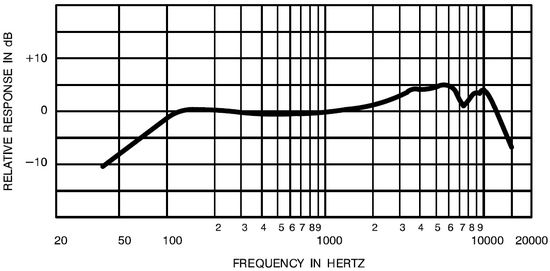
Signals and Levels
The amplitude of a signal is often referred to as it’s level. The most common levels are Mic, Line, and Speaker. The image below shows how these relate:

Normally the signal coming from a microphone is in the mic level, about 2.5 to 25 millivolts. Line level is typically on the order of 300 millivolts to 1.2 volts. This is the level which comes from a mixer or preamp. Finally the signal level from an amplifier is usually measured in power/watts to the speaker, this can vary 1 milliwatt for a headphone to 1000 watts to a sub woofer.
Decibels
The decibel (abbreviated dB) is the unit used to measure the qintensity of a sound. The decibel scale is a little odd because the human ear is incredibly sensitive. Your ears can hear everything from your fingertip brushing lightly over your skin to a loud jet engine. In terms of power, the sound of the jet engine is about 1,000,000,000,000 times more powerful than the smallest audible sound. That’s a big difference!
On the decibel scale, the smallest audible sound (near total silence) is 0 dB. A sound 10 times more powerful is 10 dB. A sound 100 times more powerful than near total silence is 20 dB. A sound 1,000 times more powerful than near total silence is 30 dB. What is a decibel, and how is it measured?
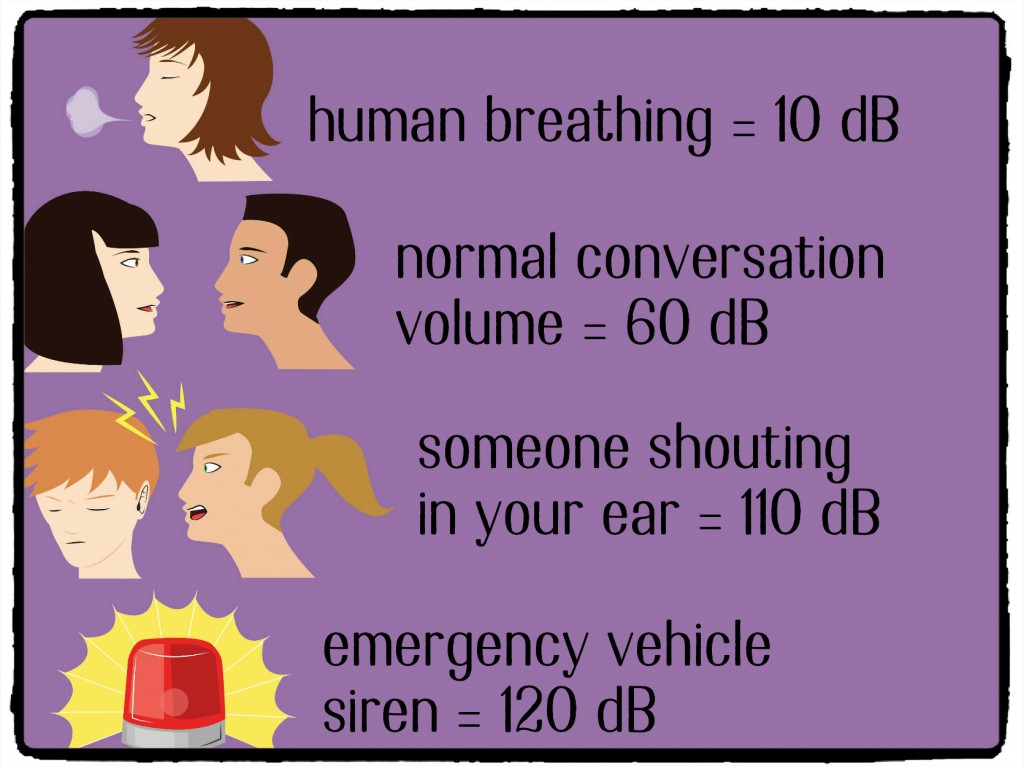
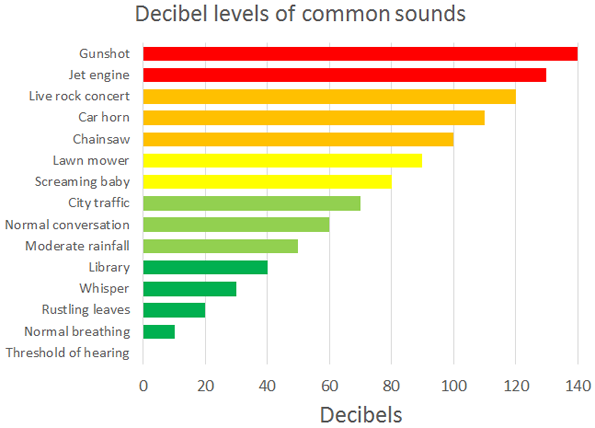
Balanced and UnBalanced signals
In audio circuits we typically have balanced signals, from a microphone, and unbalanced signals, from a guitar. It is important to know which type you have so you know how to connect them.
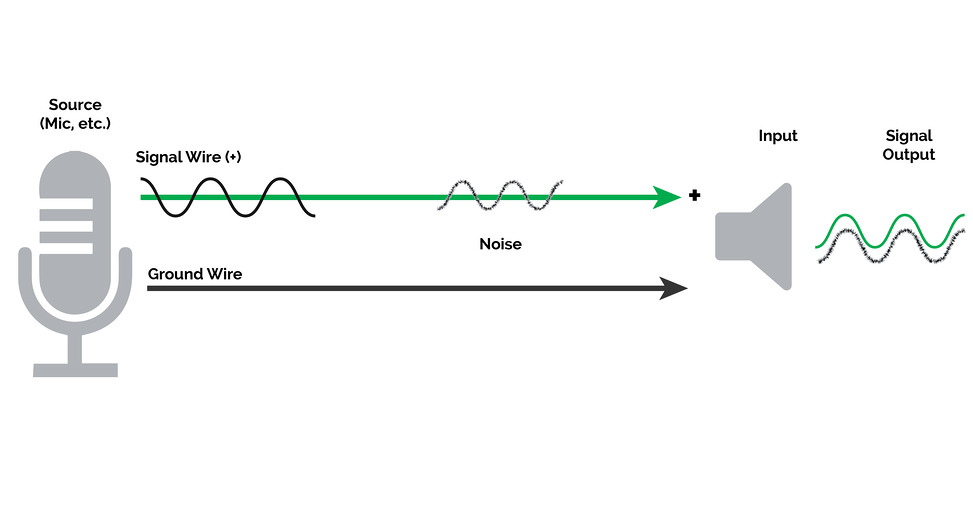
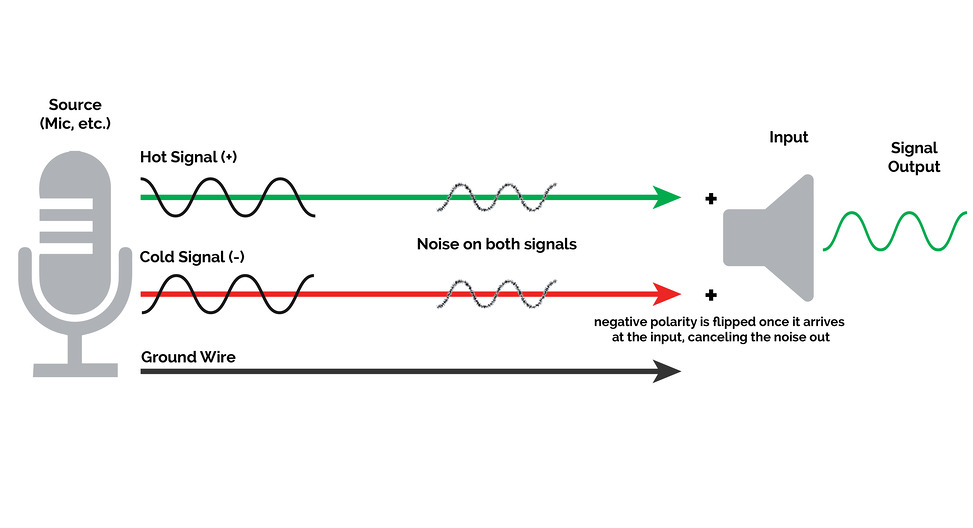
Audio Connectors
There are many different types of audio connectors used in sound work. But first lets review the most common ones.
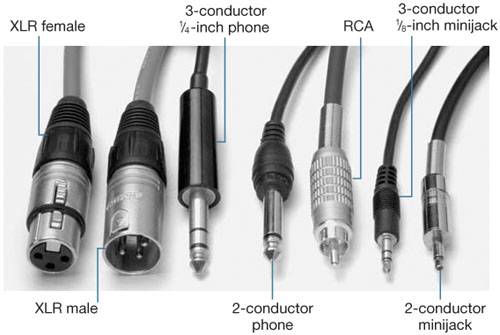
Starting from the Left is the XLR. This is typically used for microphones and signal level. These are all balanced signal connectors. Next is the 1/4 inch Phone connector also known as TS (Tip Sleeve) unbalanced or TRS (Tip Ring Sleeve) for balanced signals. The next is the RCS connector used for line level primarily and unbalanced signals. Lastly we have the 1/8 inch Phone connector also called TS and TSR. These are common in comsumer audio products.
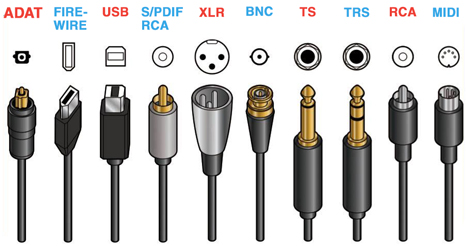
The additional connectors are ADAT which is a optical connector. Then Fire-Wire which is a audio cable used by Apple. The USB cable shown is the equipment end or B style that gets power. The S/PDIF rca is a digital audio cable for short run high definition audio. The BNC cable is used for high frequency connections. Finally the MIDI cable is a musical insturament interface for keyboards and synthesizers.
Written by John F. Moore
Last Revised: Wed Oct 30 20:26:18 EDT 2019

This work is licensed under a Creative Commons Attribution-NonCommercial-ShareAlike 3.0 Unported License.
